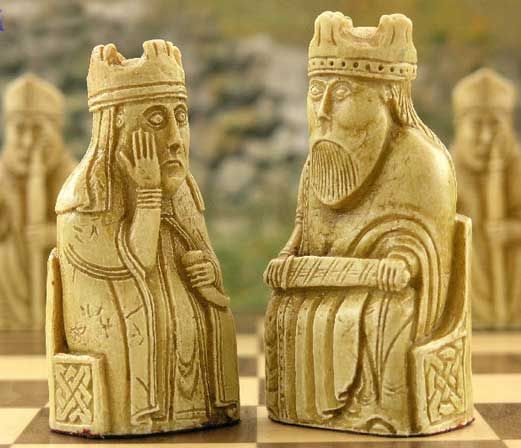Chess Queens at the British Museum are dancing on a giant chess board protecting the Chess King.
Now at last, more girls can be inspired and informed of the beauty and grace of playing chess through the choreography of chess pieces. Power,precision and pace so vividly demonstrated through ballet movement combined with the education of mental strength and the ability to assess and evaluate surroundings at speed.
Simply by using simple geometric patterns and steps children can learn the movement os the Queen as both a powerful and feminine piece on the chess board. An educational and entertaining way of learning chess for all ages.
The most enduring game of all is chess, which has been played in western Europe since the early Middle Ages – witness the beautiful Lewis Chessmen (chess pieces of walrus ivory, found on Lewis in 1831, but likely made in Norway in around AD 1150–1200). The rules of chess, however, underwent a significant change in the mid-to-late 15th century when the queen, originally a weak piece, became the most dominant figure on the board. The romantic among us might date the change to the emergence of powerful female rulers, such as Isabella I of Castile or Anne of Beaujeu, regent of France from 1483-91.

Chess-playing was an essential social skill for the upper classes in the Tudor period. The inventory of goods belonging to Catherine of Aragon, taken after she had been banished from court in 1531, revealed two ivory chess-boards with pieces; a set of red and ivory chess men; and a further box of ivory chessmen. These were all commandeered by Henry VIII.
Queen Elizabeth I enjoyed playing chess with her knights and bishops usually losing to her!